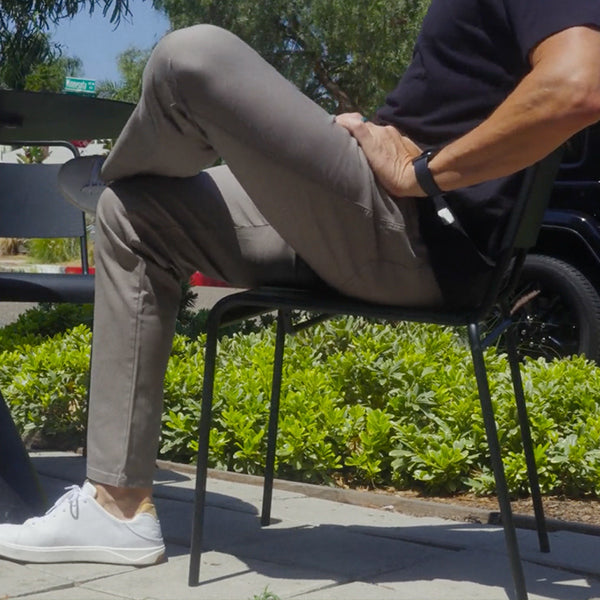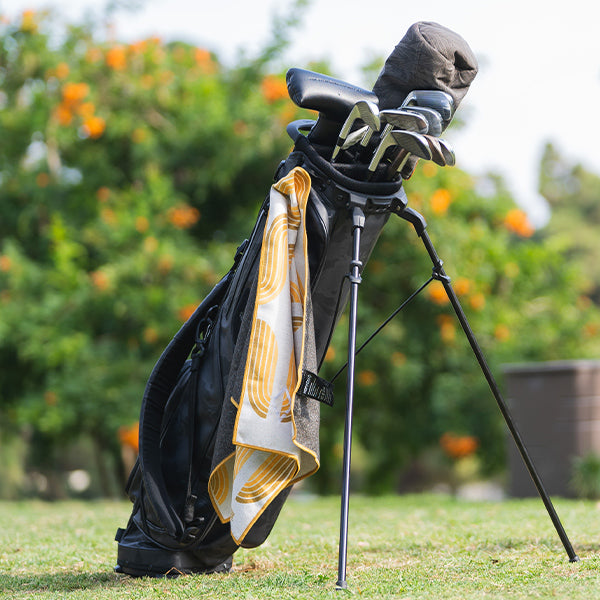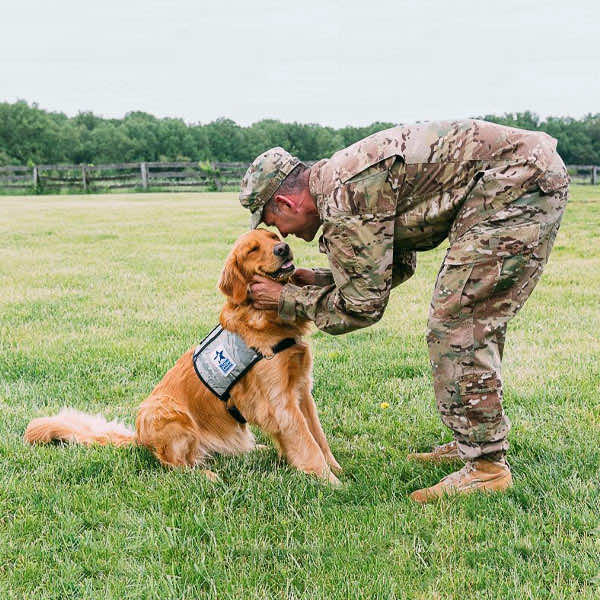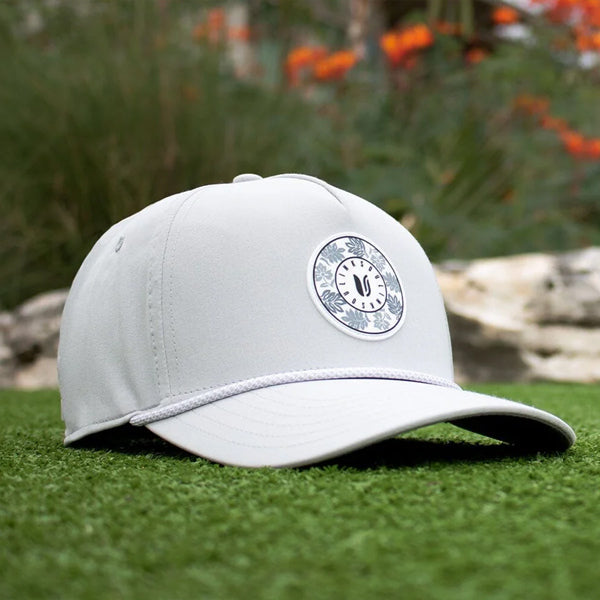If you love golf as much as we do, chances are you've seen the work of
Lee Wybranski. As one of the industry's leading artists, Lee has been commissioned to paint some of golf's most iconic athletes, venues, and events, which has brought to fruition a classic, collectable line of work that is revered around the world. We were honored to collaborate with him in creating a
timeless poster for Goat Hill Park that really captured the course's sense of community and openness through the common love of golf. We recently sat down with Lee to get a better look into his craft.
In your opinion, what’s the relationship between golf and art?
Golf and art have a very interesting relationship. To start, they go way back. It’s been at least a few centuries since the first golf paintings and ceramics were made. Those of us interested in the history of the game know the classic British Rail posters, Royal Blackheath’s million-dollar portrait of its Captian, the wonderful illustrations of A.B Frost, Harry Rountree, and the Royal Dalton ceramics. In fact, golf’s artistic tradition rivals—and perhaps surpasses—its literary heritage. But the more compelling aspect to me is that golf is somewhat unique in sport—it has a built-in aesthetic component. Most courses are designed to be beautiful, but the aesthetic varies wildly in both landscape and weather. A great golf course is either a gift of mother nature or the sublime creation of a team of designers, shapers, and plumbers. And whether manicured fairways or a rough and rustic muni, the best links become a sprawling stage that invite us to enter the labyrinth and live out our dramas and comedies. Finally, as one who draws and paints golf courses, I am constantly amazed at how easy my job is when I am working with a course that is well designed. It’s literally like following after another artist who has already done the heavy lifting, moved all the earth, built gnarly bunkers in just the right place, and arranged the perfect mix of trees, just for me to make a sweet painting. It’s just like sketching a beautiful sculpture that you can walk through.
Why Goat Hill Park?
I learned to play golf in my twenties on muni courses in Philly. Hearing the “Save Goat Hill” story struck a chord in me and made me want to collaborate with John Ashworth’s project in some way. What they are doing with the golf course and the culture of the place is really remarkable. Bringing my style of artwork to Goat Hill has been fun and the start of a great relationship.
Favorite medium?
Watercolor, because I love paper and happy accidents. And it dries fast.
Aside from painting, what else do you do to stimulate your intellectual and artistic curiosities?
I look for art everywhere because it’s there: my kids’ books, the neon signs on Route 66, cool t-shirts, and bar coasters. I love museums, but we only have one in Flagstaff. I've satisfied my curiosities lately with the great outdoors. It's rugged nature all around our home, and I spend a lot of time actively looking at scenes and imagining how I would paint them or what they were like only 150 years ago when this was pure wilderness.
Which venue have you been dying to paint? Cypress Point.
Favorite piece and why?
If I had to pick one, I would say my painting for the 2008 U.S. Open poster. It was my first major, an idyllic setting, a dramatic finish, and one of my best images. It was a perfect storm, really. We sold very well at Torrey Pines and I met thousands of people. It brought me to another level in terms of my confidence and my audience.
What’s the best piece of advice you’ve been given?
Keep moving, even if it's just your toes. Success is connected to action.
Get your own Goat Hill Park poster
here and visit Lee Wybranski's website for a full collection of posters and prints.









Leave a comment (all fields required)